Submit VAT Return Online: HMRC VAT Filing Guide
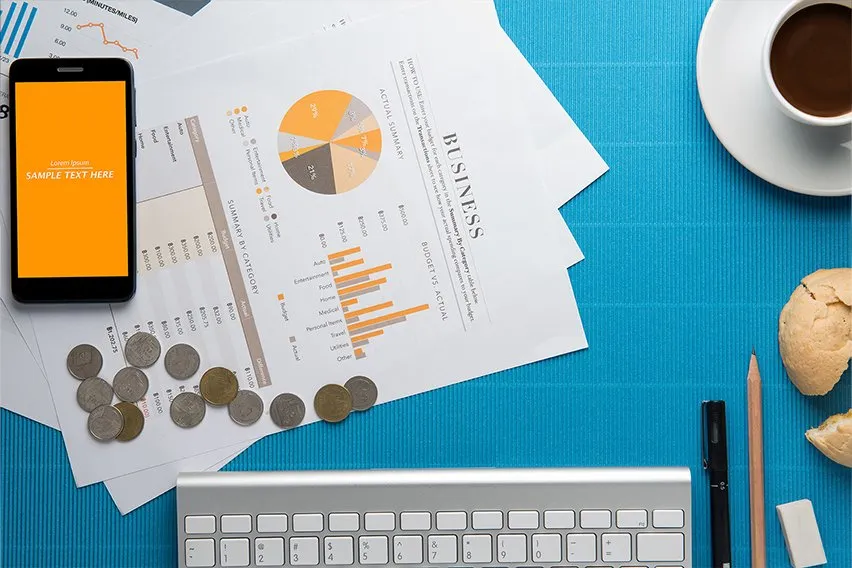
The new Making Tax Digital policy greatly impacts how people in the UK do their taxes. In most ways, it makes the process faster and easier. Filing your HMRC VAT return is no exception. What you need to submit hasn’t changed, just how. Now, you submit your UK VAT return online. There are rules to follow and penalties if you don’t. In this article, we will go over what you need to know about how to submit your HMRC VAT return online.
Key Takeaways
- VAT returns are how VAT-registered companies report how much VAT a business charges customers and how much VAT you pay on goods and services.
- All VAT-registered businesses are registered for MTD.
- The information a business must provide for their return has stayed the same.
- The penalties for late returns and errors have changed.
Here’s What We’ll Cover:
What is a VAT Return?
The UK VAT standard rate is 20%. It applies to most good and services with some exceptions like child’s clothing and domestic fuel and power. Any UK business must register if its taxable turnover is over £85,000. They can choose to register if their business is under the £85,000 VAT taxable turnover threshold.
From April 2022, Making Tax Digital VAT regulations began applying to all VAT-registered companies, not just those that are over the VAT threshold.
VAT returns are how VAT-registered companies must report 2 crucial pieces of information to HMRC:
- VAT you charge your customers
- VAT you pay on goods and services for your business
HMRC calculates the difference between VAT collected and paid. This becomes either your VAT bill or the VAT rebate amount.
You must send these online forms to HMRC every 3 months using the correct accounting software – even if you don’t owe any VAT or have any VAT to reclaim.
And you’re also required to keep digital VAT records which are the evidence of your total sales and costs, VAT owed to HMRC, and VAT you’re entitled to reclaim.
If you want more details about your VAT position, read FreshBooks’ ‘How Does VAT Work in the UK?’ article.

Making Tax Digital for VAT
All VAT-registered businesses are registered for MTD. HMRC will continue to sign up new VAT-registered businesses going forward.
This means you should now keep all your VAT records digital to comply with MTD for VAT regulations. You must scan and upload any hardcopy invoices or receipts and file them digitally in your system. This can be a tiresome process, especially if you’re new to digital filing. Freshbooks MTD compliant software simplifies this process for you. It takes the guesswork out of online VAT filing so you can focus on what matters most to your business.
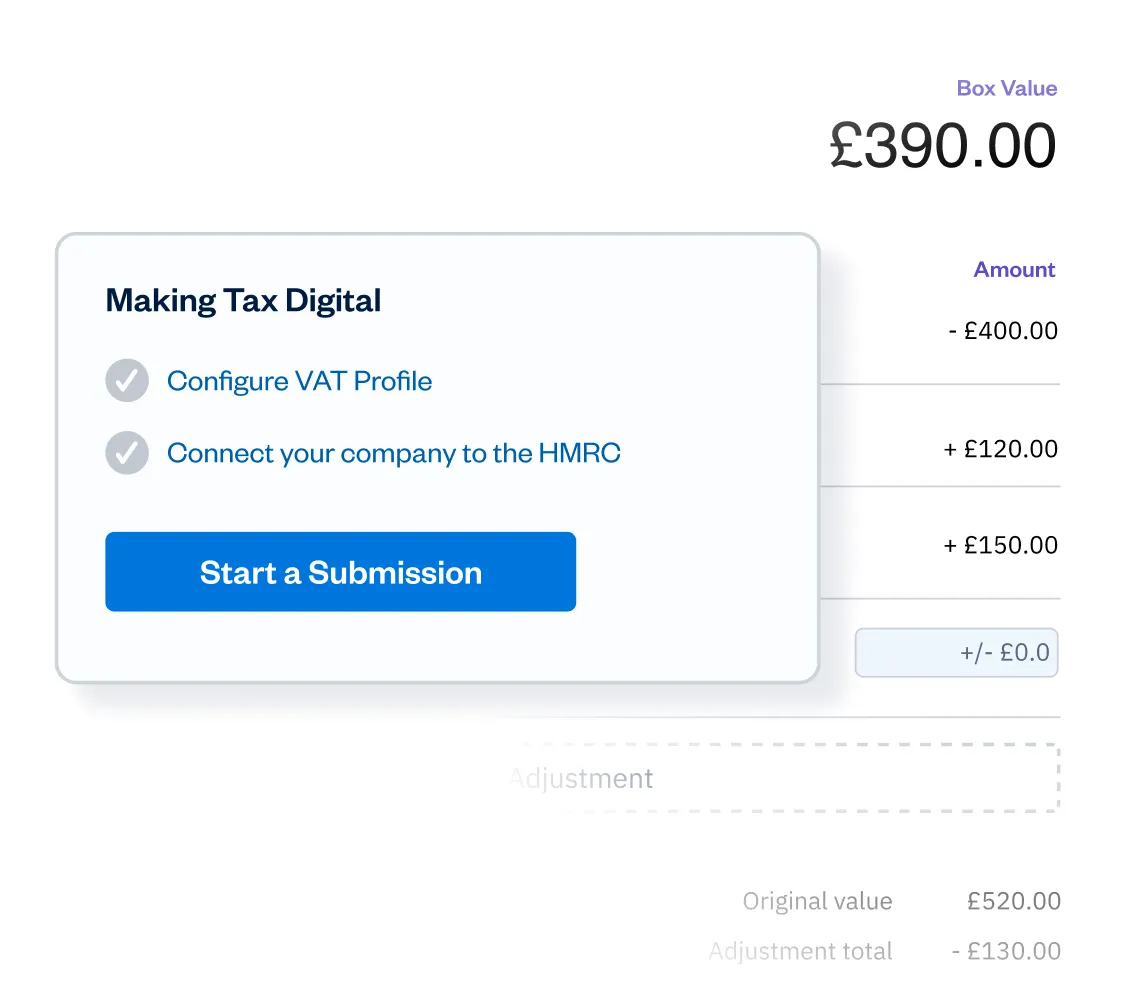
What Should be Included in a VAT Return?
The information you need to provide for your VAT return hasn’t changed. The only change is that now the process is digital. You still need the following:
- Your total sales and purchases.
- The amount of VAT you owe.
- The amount of VAT you can reclaim.
- The amount of VAT you’re owed from HM Revenue and Customs (HMRC) (if you’re reclaiming VAT on business expenses)
If you receive services or goods instead of money, you need to report the VAT based on the value. It is assumed that the VAT is included in the price of anything you sell, so even if you sell something without VAT, you still need to pay the VAT.
If your business has import VAT, you can claim it using postponed VAT accounting, thereby allowing you to reclaim it as a business expense.
Failure to accurately report your VAT can result in a 100% penalty of any tax over or understated.
How to Submit VAT Returns Online
You can submit your VAT return online in two ways: by appointing an agent to do it or by using compatible software. Only exempt persons can continue to file a paper return, and the HMRC must approve your exemption.
To file online using software, ensure you have set up your Making Tax Digital online VAT account with HMRC through your Government Gateway account using your government gateway user ID. With that complete, you can connect your software. Some software requires bridging software to connect it with the portal.
When you use FreshBooks accounting software, you’re completely compatible with HMRC’s portal. You’re also collecting the required Making Tax Digital for VAT records. This means you’re all ready to submit your VAT return at the end of each quarter with a minimum of time and effort.

8 Easy Steps to Submit Your VAT Return Online
The simplest way to submit a VAT return online is to use FreshBooks accounting software. FreshBooks helps you send your VAT return straight to HMRC in just 8 steps:
- Go to the Integrations section of your FreshBooks Account
- Click on 1ClickMTD
- Hit the Start a Submission button
- Select a Period from the ‘Period to File’ dropdown menu
- Check that the numbers are correct on your VAT Return Report
- Fix any discrepancies in your FreshBooks account
- Tick the legal declaration box. This says, ‘I confirm that this VAT period is finalised and includes all relevant transactions.’
- Click Submit
You’ll get a comforting on-screen confirmation of its successful submission to HMRC.
FreshBooks files your most recent VAT return under Actions in the Past Submissions section. From here, you can print your VAT return as a PDF if you want a paper copy.
We’ve got a quick guide ready for you to make paying your UK VAT bill slightly less painful.
Conclusion
Change can be challenging. Changes to your tax process can be downright frightening. But shifting from paper to digital doesn’t have to be a hassle. With FreshBooks accounting and financial reporting software, you can make filing your VAT return online easier, faster, and more efficient. Automate your VAT admin with FreshBooks. Spend less time worrying about doing your accounts and more time focused on what matters most to your business. Keep tax times short, simple, and stress-free.
FAQs on Online VAT Return
What date is my VAT return due?
There isn’t one VAT return deadline for everyone, like the January self-assessment tax return deadline. Because your VAT cycle is based on your company’s quarterly accounting periods, everyone’s due date is different.
Your VAT return is due one month and 7 days after every 3 month accounting period ends.
You can check your personal VAT return deadline in your VAT online account. It tells you when to submit your VAT return and when your VAT payment must clear into HMRC’s account.
What happens if I submit my VAT return late?
Penalties for late returns and payments changed as of 1 January 2023. HMRC now utilises a points-based system. For each late submission, you receive a point until you reach the threshold, and which time you will also receive a £200 fine. You will also receive a £200 fine for every subsequent late submission or payment.
Your point threshold is determined by your filing period. Annual filings have a 2-point threshold, quarterly filings have a 4-point threshold, and monthly filings have a 5-point threshold.
Businesses that use a non-standard accounting period have thresholds based on weeks. Over 20 weeks is a 2-point threshold. Over 8 weeks and no more than 20 weeks is a 4-point threshold. For businesses whose accounting period is 8 weeks or less, the threshold is 5 points.
If you take over a ‘going concern’ business with penalty points, those points will not be transferred to your VAT registration. However, any points will transfer to the new representative if the representative member changes in a VAT group. Penalty points in a VAT group do not change if a member leaves or if a new member joins, even if that member has penalty points.
How often do you do a VAT return?
Most businesses must send a VAT return every three months at the end of their accounting period.
If your company pays over £ 2.3 million VAT per year, you must pay monthly VAT ‘payments on account’ and can submit monthly VAT returns. You can change this through your online VAT account or with the form VAT484.
Can I still file my VAT return by paper if I prefer?
No. There are very few exceptions to digital filing. You can still file a paper return if you object to digital filing for religious reasons, or you cannot use the internet for age reasons, disability, or live in an area without internet access. Even with these reasons, you must have approval from HMRC. There is a fine of up to £400 for submitting a paper return if you are not eligible.
Can I view my previous VAT returns online?
You can view previous VAT returns through your online account. You can also view your payments, and outstanding liabilities, report changes to your business, set up Direct Debit to pay your VAT and get a duplicate VAT registration certificate. You can also cancel your VAT registration if you no longer operate that business.
More Useful Resources
About the author
Levon Kokhlikyan is a Finance Manager and accountant with 18 years of experience in managerial accounting and consolidations. He has a proven track record of success in cost accounting, analyzing financial data, and implementing effective processes. He holds an ACCA accreditation and a bachelor’s degree in social science from Yerevan State University.
RELATED ARTICLES


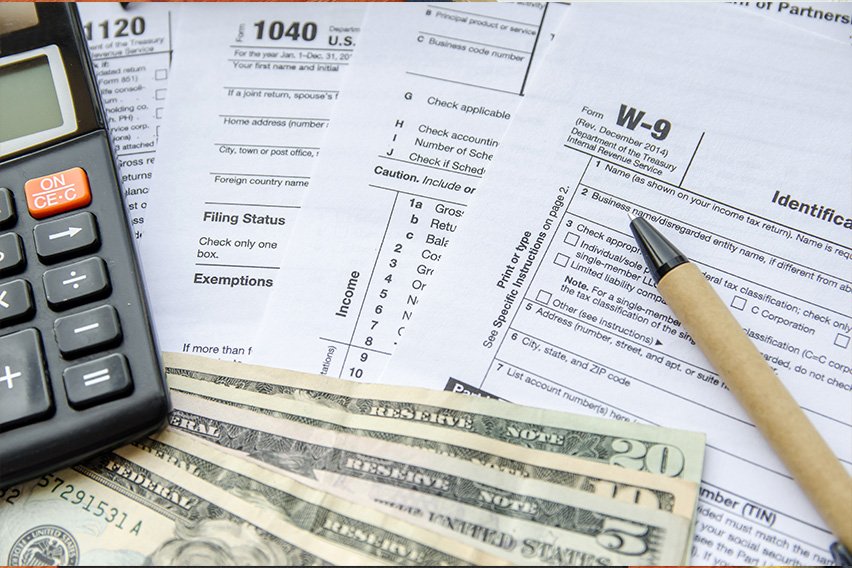 Sole Trader Tax Guide
Sole Trader Tax Guide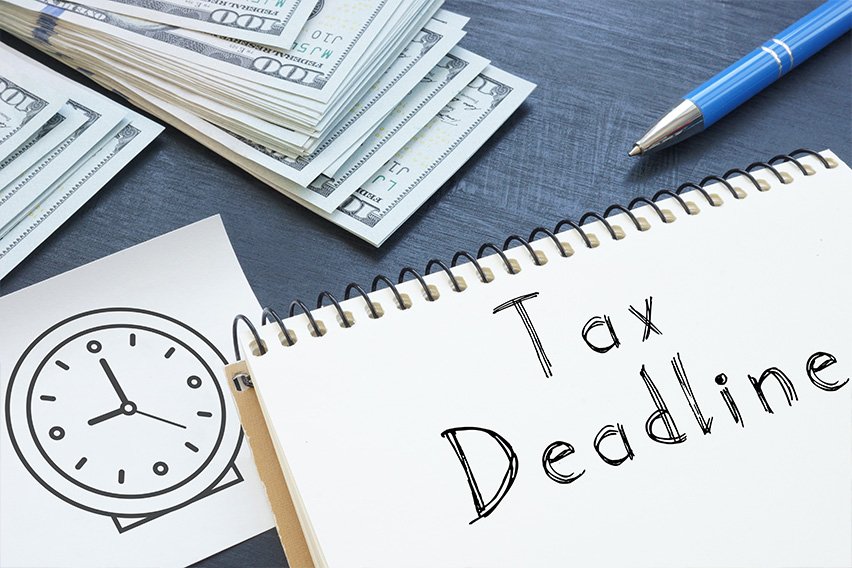 Tax Return Deadline in the UK (2024-25)
Tax Return Deadline in the UK (2024-25)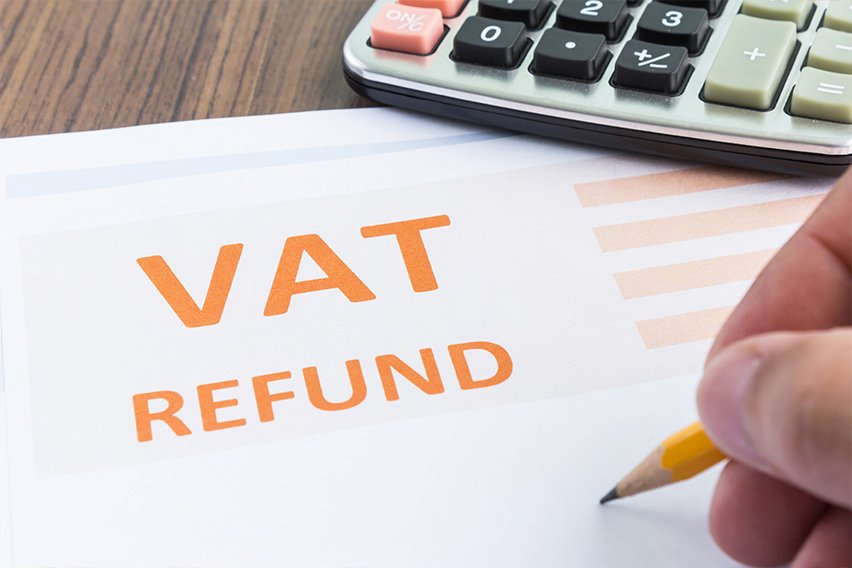 Can I Get a VAT Refund When I Leave the UK? Can I Get VAT Refund When I Leave UK Soil?
Can I Get a VAT Refund When I Leave the UK? Can I Get VAT Refund When I Leave UK Soil?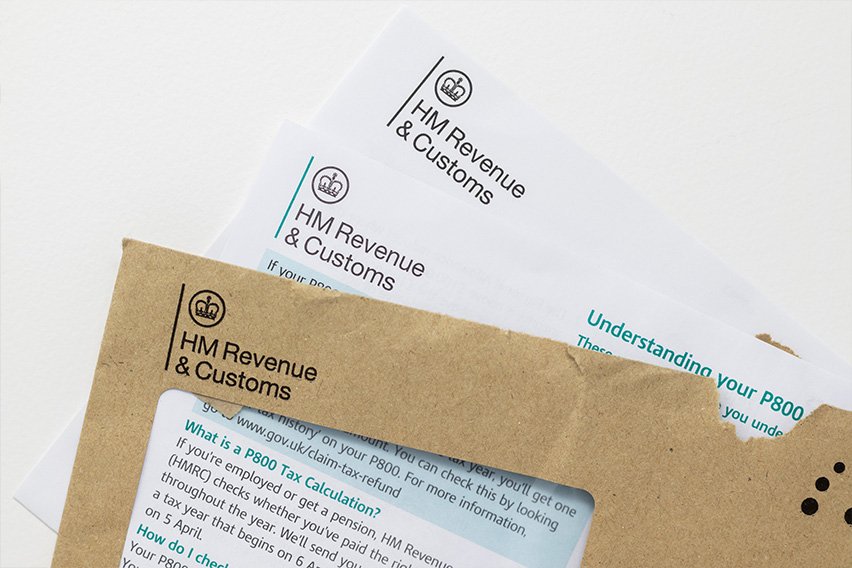 HMRC Invoice Requirements
HMRC Invoice Requirements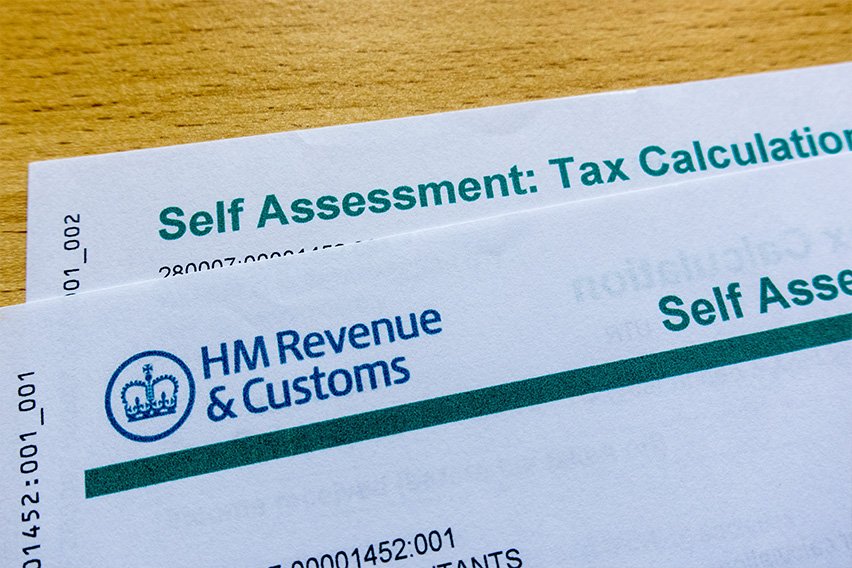 How Does HMRC Know About Undeclared Income?
How Does HMRC Know About Undeclared Income?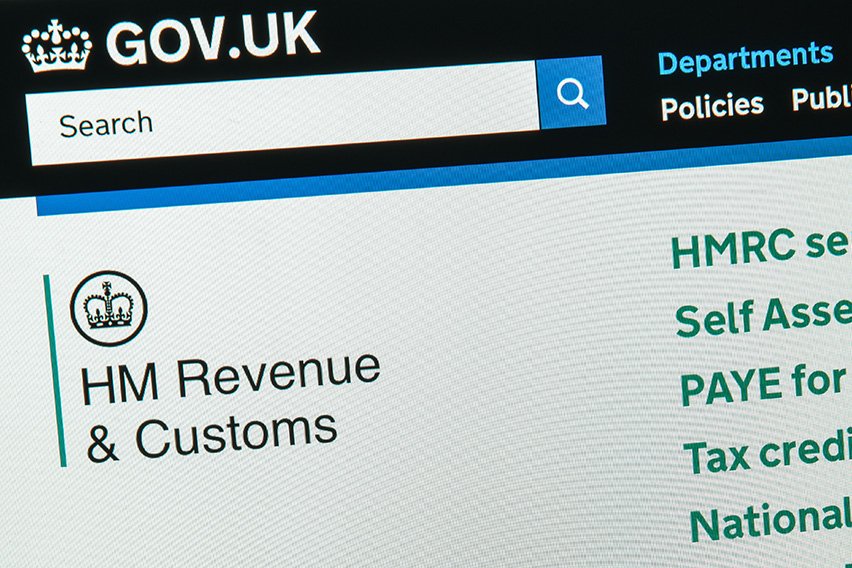 How To Contact HMRC About Tax Code
How To Contact HMRC About Tax Code